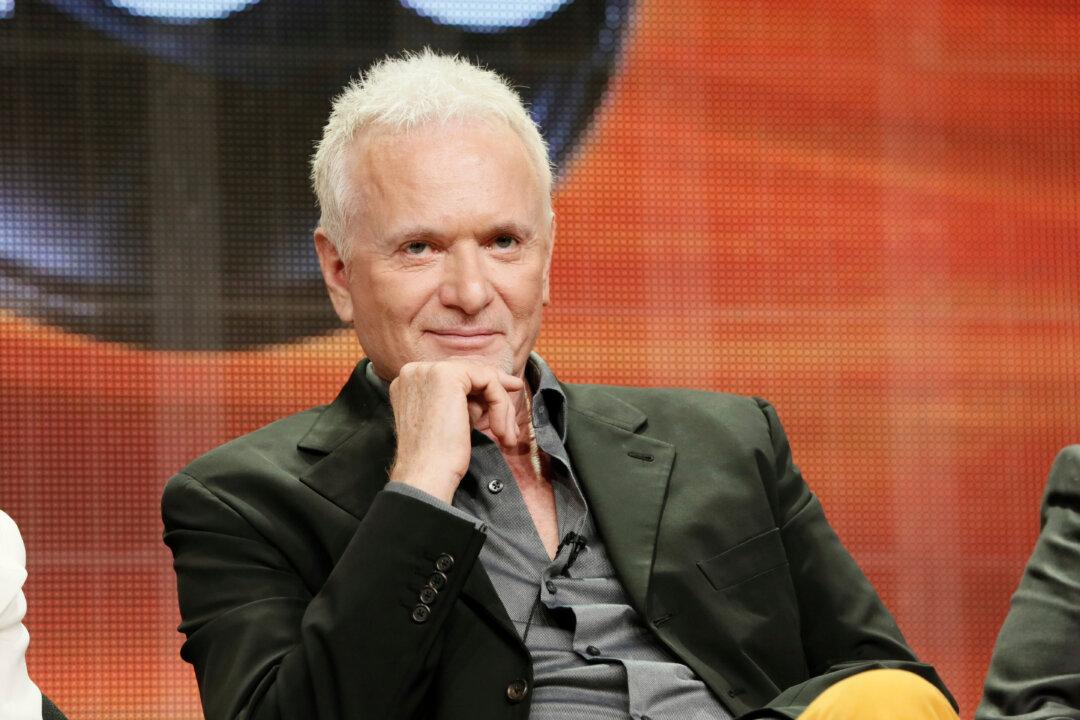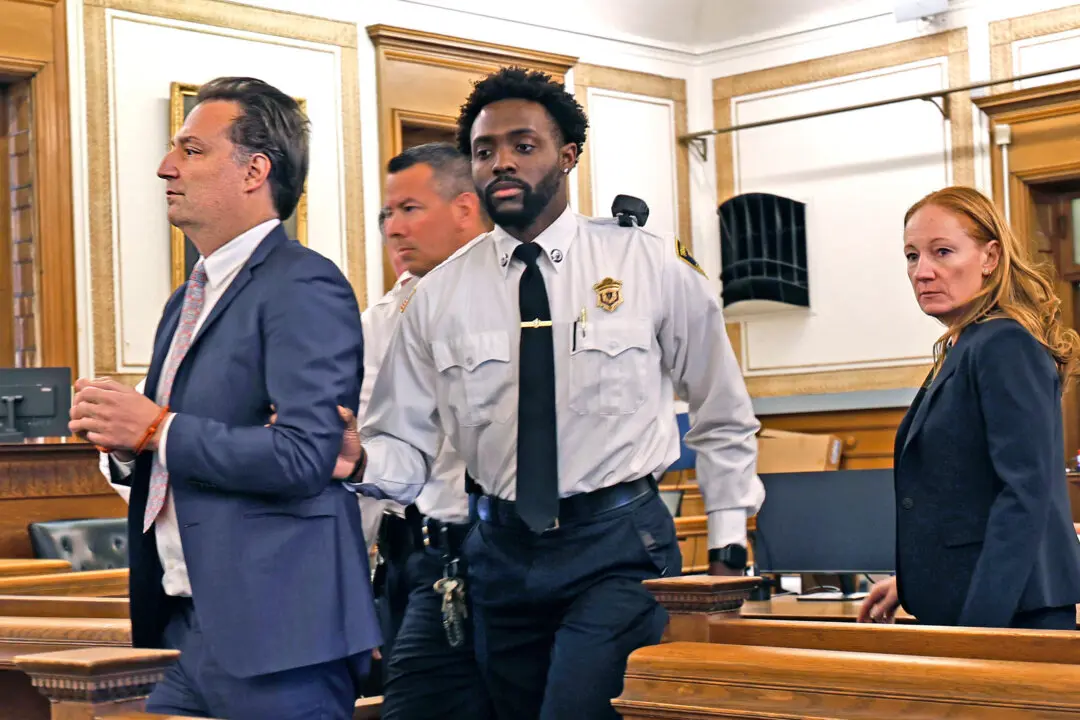DETROIT—Protests by University of Missouri black students that forced the school’s administration to address racism and other problems mirror efforts decades ago that led many majority white schools to create African-American studies and other programs.
But those programs and some ethnic studies departments across the country are struggling with funding, low-staffing and dwindling student enrollment, according to some experts.
African and African-American Studies at the City University of New York’s Lehman College in the Bronx once had 10 full-time faculty members, but now has only five full-timers and one substitute assistant professor whose term will expire next June, Chair and professor Mark Christian told The Associated Press.
“We rely heavily on adjuncts to teach classes, and even this budget is under constant threat,” Christian said. “I imagine most departments in Africana/black studies around the nation have similar problems with a lack of investment from the administrations.”
Officials at San Jose State University in California cited the struggle by its African American Studies Department to attract enough students to fill upper division classes and having only one full-time faculty member in a proposal to merge the program into another department.
Students at Wesleyan University in Middletown, Connecticut, last year protested understaffing in the school’s African American Studies program. Its website lists a chair and five faculty members.
“We’ve lost ground and black faculty members are not being added to universities in numbers now,” Michigan State University geography professor and former Urban Affairs Programs dean Joe Darden said. “There is no push to increase representation.”
Blacks and Latinos at Lehman make up more than 95 percent of the campus’ student population, while about 90 percent of the faculty is white, according to Christian.
“I’m talking about the Bronx in New York City, not Omaha, Nebraska!” he said. “This is a poor statistic for any diversity measurement. More importantly, in the nearly five years I’ve been here things show no sign of improving.”
Adding black professors was among the demands made by black Missouri students who also complain that school officials have not done enough to address incidents of threats toward blacks on campus. Thirty black members of Missouri’s football team joined the protest movement by vowing not to take part in team activities until University of Missouri System President Tim Wolfe was gone. Wolfe resigned Nov. 9.
Marches and other demonstrations of solidarity were held at Yale, the University of Michigan, Smith College in Northampton, Massachusetts, New York’s Ithaca College and other schools.





